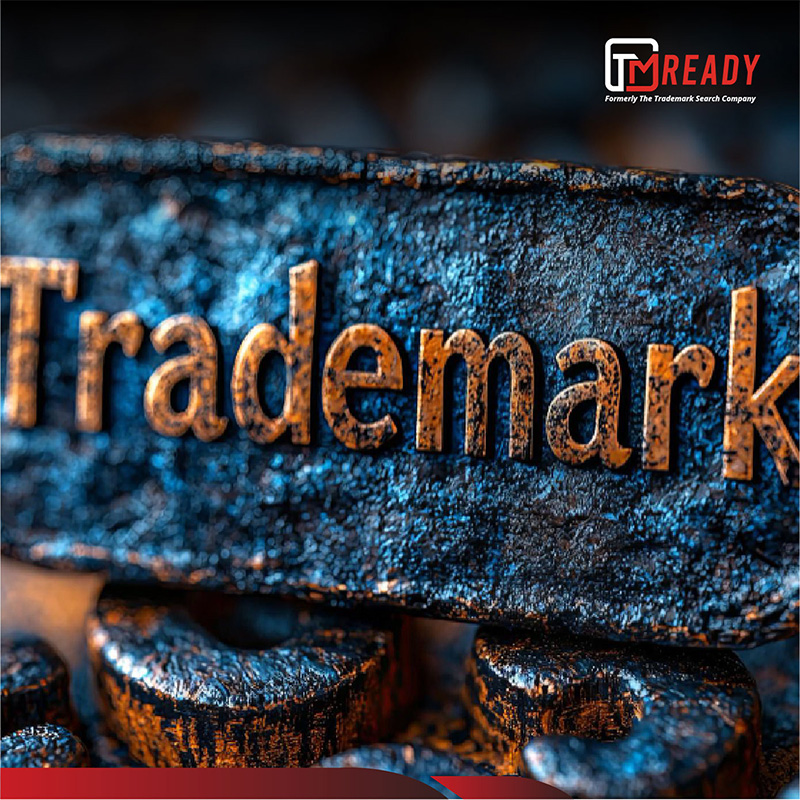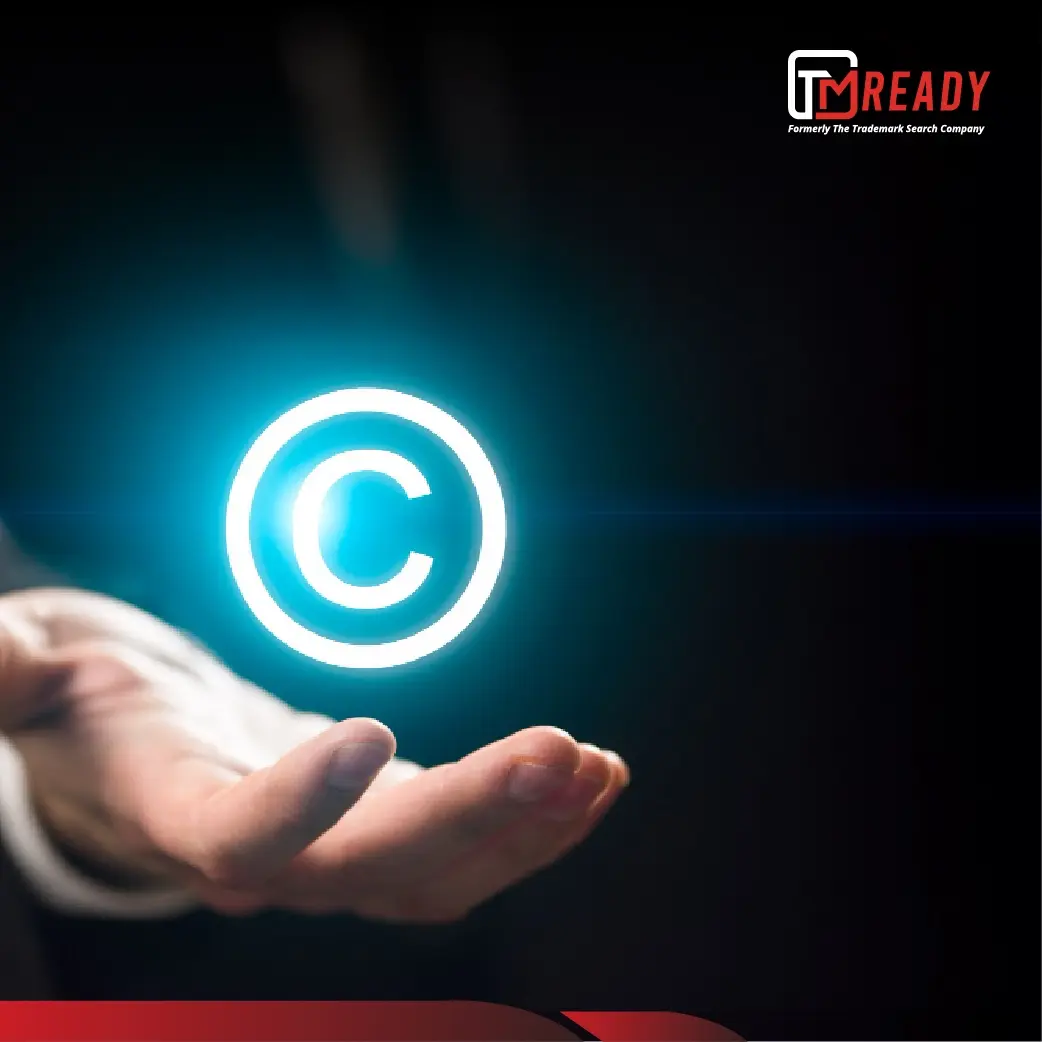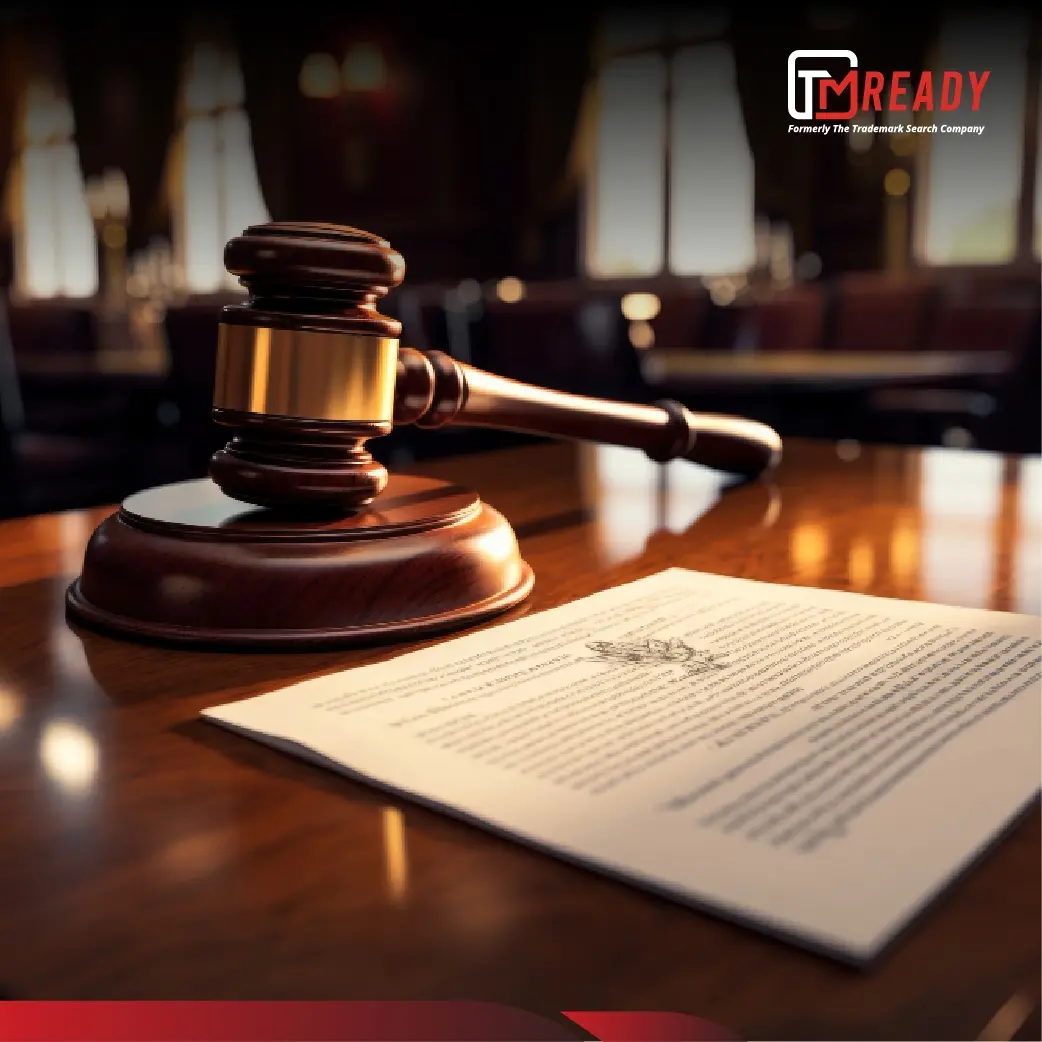In today’s competitive market, a brand name or logo is often a company’s most valuable asset. Yet, many businesses unknowingly step into legal trouble by adopting trademarks that are too similar to existing ones. This misstep is known as trademark infringement — a costly mistake that can lead to lawsuits, forced rebranding, and irreparable damage to a company’s reputation.
Understanding trademark infringement isn’t just for big corporations; it’s essential for startups, entrepreneurs, and creatives who want to build a legally secure brand. In this guide, we’ll explain what trademark infringement means, explore real and hypothetical examples, outline how courts determine infringement, and offer practical tips to help you avoid it altogether.
Table of Contents
ToggleWhat Is Trademark Infringement?
In simple terms, trademark infringement occurs when one party uses a mark — such as a logo, name, slogan, or design — that is confusingly similar to another party’s registered or established trademark.
Under U.S. law (specifically, the Lanham Act), infringement happens when:
“The use of a mark is likely to cause confusion, mistake, or deception regarding the source of goods or services.”
Put differently, trademark infringement isn’t just about copying — it’s about creating consumer confusion. If customers might mistakenly believe two products or services come from the same company, courts may find infringement, even if the copying was unintentional.
What Qualifies as Infringement?
- Using a similar name for similar goods (e.g., “Starbocks Coffee” for a café).
- Replicating a logo’s shape, color, or overall look.
- Copying distinctive packaging or taglines.
- Selling counterfeit goods using another’s brand name.
Trademark law aims to protect consumers from confusion and preserve brand owners’ goodwill — ensuring that a company’s reputation remains tied to its genuine products.
Famous Trademark Infringement Cases
Trademark infringement isn’t theoretical — even major brands find themselves in court over confusingly similar marks. Below are some of the most well-known cases that illustrate how infringement plays out in real life.
1. Adidas vs. Payless (The “Three Stripes” Case)
Issue: Payless sold shoes with two and four parallel stripes similar to Adidas’s famous “three stripes.”
Outcome: In 2008, a U.S. jury awarded Adidas over $300 million in damages — one of the largest trademark verdicts in history.
Lesson: Even subtle design variations can still confuse consumers and amount to infringement when a mark is iconic and widely recognized.
2. Apple Corps vs. Apple Inc.
Issue: The Beatles’ record company, Apple Corps, owned the trademark “Apple” for music-related goods. Apple Inc., the tech company, initially agreed to stay out of the music business. When Apple launched iTunes, Apple Corps sued for breach of agreement and trademark infringement.
Outcome: The dispute was settled in 2007, with Apple Inc. obtaining full rights to the Apple name and licensing certain uses back to Apple Corps.
Lesson: Trademark conflicts can arise years later when industries converge — especially as technology blurs boundaries.
3. Nike vs. MSCHF (The “Satan Shoes” Case)
Issue: Art collective MSCHF released limited-edition “Satan Shoes” — customized Nike Air Max sneakers allegedly containing human blood. Nike argued that MSCHF’s use of the swoosh implied Nike’s endorsement.
Outcome: The parties settled quickly, with MSCHF agreeing to recall the shoes.
Lesson: Unauthorized modification or association with a brand’s trademark can damage reputation and constitute infringement, even for art or parody.
4. Louis Vuitton vs. Haute Diggity Dog (“Chewy Vuiton”)
Issue: A dog toy company sold chew toys labeled “Chewy Vuiton”, mimicking Louis Vuitton’s logo and packaging. The luxury brand sued, claiming dilution and infringement.
Outcome: The U.S. Court of Appeals found that the parody was non-infringing, noting consumers were unlikely to confuse a dog toy with luxury handbags.
Lesson: Parody can sometimes be protected — but only when it’s clearly humorous and unlikely to mislead consumers.
5. Mattel vs. MCA Records (“Barbie Girl” Song)
Issue: Toymaker Mattel sued MCA Records over the 1997 hit “Barbie Girl” by Aqua, claiming the song diluted its Barbie trademark.
Outcome: The Ninth Circuit dismissed the case, ruling that the song was a parody and protected expression under the First Amendment.
Lesson: Trademark law doesn’t override free speech — expressive or artistic use may be exempt from infringement claims.
6. Hershey vs. Marijuana Edibles Manufacturers
Issue: Several cannabis edibles companies sold chocolates and candies in packaging closely resembling Hershey’s products (e.g., “Reefer’s” mimicking “Reese’s”).
Outcome: Hershey aggressively pursued legal action, forcing multiple companies to rebrand and withdraw similar packaging.
Lesson: Trade dress infringement — copying the look and feel of packaging — is just as actionable as copying a name.
7. Jack Daniel’s vs. VIP Products (“Bad Spaniels” Dog Toy)
Issue: VIP Products released a dog toy resembling a Jack Daniel’s whiskey bottle labeled “Bad Spaniels.” Jack Daniel’s argued it tarnished the brand’s image.
Outcome: After years of appeals, the U.S. Supreme Court (2023) ruled in favor of Jack Daniel’s, stating parody doesn’t protect commercial products that use another’s trademark for profit.
Lesson: Parody defenses have limits — especially when used on products sold in commerce.
8. Microsoft vs. Lindows
Issue: Microsoft sued software company Lindows for using a name similar to Windows, claiming it created confusion among consumers.
Outcome: Lindows rebranded as Linspire after Microsoft settled for $20 million.
Lesson: Even small phonetic overlaps can be problematic when the senior mark is dominant and globally recognized.
9. Tiffany & Co. vs. Costco
Issue: Costco sold diamond engagement rings labeled “Tiffany,” which it claimed was a generic descriptor for a style of setting. Tiffany & Co. disagreed, arguing that customers were misled into believing the rings were authentic Tiffany products.
Outcome: In 2020, the parties reached a confidential settlement, ending years of litigation.
Lesson: Generic use of a famous brand name — even unintentionally — can lead to claims of false association and infringement.
Key Takeaways from These Cases
| Case | Infringing Party | Issue | Outcome / Lesson |
| Adidas vs. Payless | Payless | Similar stripe design | $300M verdict for Adidas |
| Apple Corps vs. Apple Inc. | Apple Inc. | Expansion into music | Settlement, brand rights redefined |
| Nike vs. MSCHF | MSCHF | Altered products with brand logo | Settlement, recall of products |
| Louis Vuitton vs. Chewy Vuiton | Haute Diggity Dog | Parody of logo | Parody allowed |
| Mattel vs. MCA Records | MCA Records | Use of “Barbie” in song | Free speech protected |
| Hershey vs. Cannabis brands | Cannabis candy makers | Copycat packaging | Forced rebranding |
| Jack Daniel’s vs. VIP Products | VIP Products | Parody on dog toy | Jack Daniel’s wins (2023 SCOTUS) |
| Microsoft vs. Lindows | Lindows | Similar sound mark | Rebranding after settlement |
| Tiffany & Co. vs. Costco | Costco | Misuse of “Tiffany” name | Settlement after prolonged litigation |
Hypothetical and Everyday Trademark Infringement Examples
Trademark infringement isn’t limited to famous corporations. Small businesses and startups can easily — and unknowingly — infringe on existing marks.
1. Similar Business Names
A local coffee shop named “Dunkin’ Beans” might face legal action from Dunkin’ Donuts because the name sounds similar and operates in the same industry.
2. Similar Logos
A boutique clothing brand using a checkmark logo resembling Nike’s swoosh could mislead consumers into thinking the two are affiliated.
3. Packaging and Slogans
A beverage company selling “Cola Classic” in red cans might risk infringement with Coca-Cola, even if the words differ, because of similar trade dress (overall look and feel).
4. Digital Infringement
Registering a domain like www.starbuckscoffeez.com or using another’s brand in hashtags (#ApplePhonesSale) may also count as infringement or dilution under digital trademark rules.
How Do Courts Determine Trademark Infringement?
Courts rely on the “likelihood of confusion” test — a multifactor analysis to decide if consumers would likely mistake one brand for another.
Key Factors Considered:
- Similarity of Marks — Do the two marks look or sound alike?
- Relatedness of Goods/Services — Are they sold in similar markets?
- Strength of the Original Mark — Well-known marks get broader protection.
- Intent of the Defendant — Was the imitation deliberate?
- Evidence of Actual Confusion — Have customers mixed up the brands?
- Marketing Channels Used — Are both brands advertised or sold in the same spaces?
In short, the more overlap between the two marks and their markets, the higher the likelihood that courts will find infringement.
What Are the Consequences of Trademark Infringement?
The repercussions of infringing someone else’s trademark can be severe — both financially and reputationally.
Legal Penalties May Include:
- Injunctions: Courts can order you to stop using the mark immediately.
- Monetary Damages: You may owe profits, actual damages, or statutory penalties.
- Attorney Fees and Court Costs: Legal battles are notoriously expensive.
- Destruction of Goods: Courts can order counterfeit or infringing items destroyed.
- Rebranding Costs: Changing your name, packaging, and marketing materials can cost thousands.
Example: After losing a trademark lawsuit, a restaurant named “Burger Jointz” might have to rebrand entirely — including signage, menus, website, and advertising — wiping out years of goodwill.
How to Avoid Trademark Infringement
The best protection against infringement is prevention. Here’s how to minimize your risk:
1. Conduct a Trademark Search
Before launching a new brand name or logo, run a comprehensive trademark search using official databases like the USPTO TESS system or through professional search firms.
A professional search covers federal, state, and common-law sources — ensuring your mark isn’t already in use.
2. Monitor Your Trademark
Once your trademark is registered, keep watch for potential infringements. Trademark monitoring services track new applications, online mentions, and similar domain registrations that could infringe on your mark.
3. Enforce Your Rights
If you detect unauthorized use, act quickly. Send a cease-and-desist letter, file an opposition, or escalate through legal channels if needed.
Delay in action can weaken your claim or suggest abandonment.
4. Seek Professional Guidance
Consulting a trademark attorney or search company before filing can save significant time and money. Professionals can interpret complex results and recommend a clear strategy to secure your brand globally.
FAQ: Common Questions About Trademark Infringement
What counts as trademark infringement?
Any use of a mark that’s likely to confuse consumers about the source of goods or services — even unintentionally — can constitute infringement.
Is it still infringement if I didn’t know?
Yes. Lack of intent doesn’t excuse infringement. Even accidental use of a confusingly similar mark can result in liability.
Can two similar names coexist?
Sometimes. If the businesses operate in completely different industries (for example, “Delta Airlines” and “Delta Faucets”), courts may allow coexistence because consumer confusion is unlikely.
What happens if I’m accused of infringement?
You may receive a cease-and-desist letter. It’s wise to consult an IP attorney before responding. In serious cases, lawsuits can lead to damages or injunctions.
How can I protect my business from infringement claims?
Perform a thorough trademark search, register your marks, and maintain a monitoring system to detect conflicts early.
Closing Words
Trademark infringement can derail even the most promising business. Whether you’re naming a startup, launching a new product, or expanding internationally, understanding and respecting trademark rights is essential.
A strong brand begins with clear ownership and legal security — not just creativity. By conducting proper searches, monitoring your marks, and enforcing your rights, you protect both your brand’s identity and your customers’ trust.




